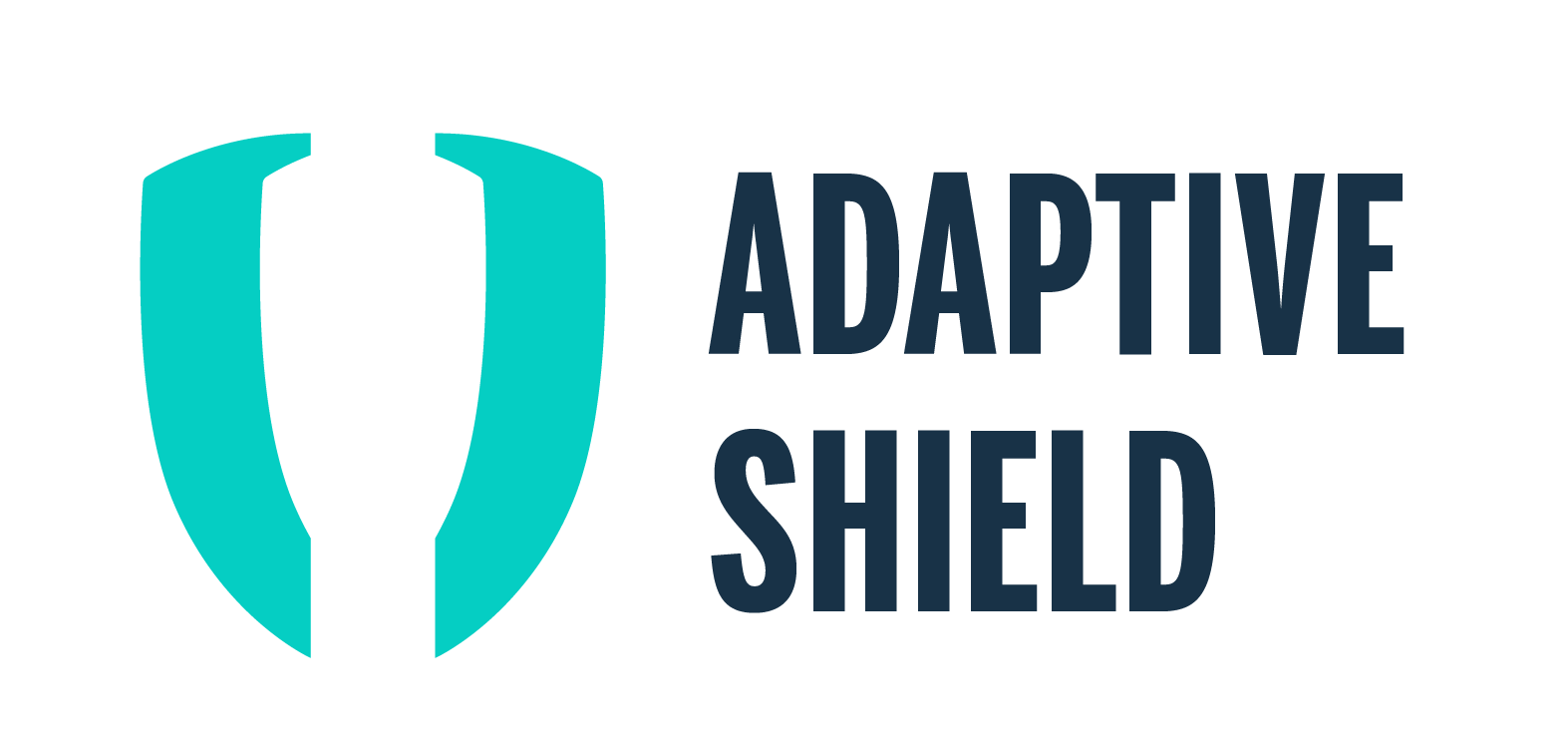12th of March Harnessing the democratization of SaaS security: a strategic imperative
How to create a program that can harness this power to provide security alongside the benefits of SaaS.
 – Hananel LivnehProduct Marketing Manager, Adaptive Shield
– Hananel LivnehProduct Marketing Manager, Adaptive Shield
Tel Aviv, Israel – March 12, 2024
The need for more effective SaaS cybersecurity is becoming evident amid the increasing sophistication of attacks against SaaS targets, including by persistent state-level threat actors.
Businesses today use hundreds of SaaS applications to improve productivity and efficiency. Acquired and controlled by various business units, SaaS has become an infrastructure for managing business operations and data. Access to SaaS platforms not only puts SaaS data at risk, but also provides the opportunity to take action, for example:
- Responsibility and reputation
- Fraud (BEC, etc.)
- Identity theft
- Persistent access
- Blocking the organization’s ability to send emails
Security teams now find themselves cut off from SaaS applications, with limited access to manage the jungle of security settings that separate an organization’s data from cybercriminals. Misconfigurations are the leading cause of data breaches.
To further complicate security, each SaaS application is designed differently and has its own unique set of security settings. It is a daunting task for security teams to manage SaaS application security with application owners using traditional manual methods.
This democratization of SaaS requires a new security paradigm that allows the security team to oversee the enterprise SaaS stack and work with application owners to prevent, detect and respond to threats. This article will explore the fundamentals of democratizing SaaS security and examine the essential elements for creating a program that can harness this power to deliver security alongside the benefits of SaaS.
Democratizing SaaS Security
The democratization of SaaS has led to a democratization of SaaS security. This conceptual shift makes security a collaborative effort in which all stakeholders play a role in protecting digital assets, instead of placing all responsibility on the security team.
Democratization requires and empowers individuals within organizations to take responsibility for their own security. This may involve providing them with the tools and knowledge to assess and mitigate risks, as well as giving them a sense of ownership over their security posture.
Adopting this approach allows organizations to protect data in their SaaS applications by making security more accessible and user-centric. It integrates security solutions into SaaS platforms without disrupting workflows and enables businesses to mitigate risks, improve their security posture, and foster trust in cloud-based SaaS services.
Supporting the democratization of SaaS security
SaaS Security Posture Management (SSPM) has established itself as the SaaS security solution for today’s democratized environment. It provides security teams and application administrators with complete visibility into the SaaS stack, allowing them to assess the security posture of their SaaS applications.
With SSPM, those responsible for securing the SaaS ecosystem can detect configuration drift and identify threats from misconfigurations, connected third-party applications, users, and devices.
Successfully implementing a collaborative SaaS security program ensures that organizations have the tools they need to secure the SaaS stack. However, fully functioning SaaS security programs require stakeholder engagement, adjustments in a cybersecurity program, and strategic planning.
Launch a Strong SaaS Security Program
To move from a traditional security regime to one that supports the democratic nature of SaaS, businesses must start with these steps.
- Map applications and security requirements: Start by identifying all the applications in your SaaS stack that need to be secure and your security requirements. Most organizations understand that every SaaS application contains critical data, although some applications, like Salesforce or Microsoft 365, have more to protect than others. However, even applications used by smaller teams to perform specific tasks may contain customer data, account data or other information and must be protected.
- Appoint a security team owner who will be responsible for the SaaS security program and stakeholder identification.
- Define responsibilities between all the different actors of an application using a RACI charter. For example, if there is a misconfiguration, the application owner may be responsible for making the change, while the security team is responsible. During this time, the CISO and the compliance team would be informed of the changes.
- Select a few applications for a pilot. Secure high-risk, low-touch items first. Choose some of the most critical applications that have a significant impact on the business of different departments, for example sales, marketing, legal, finance and R&D. Define whether you work horizontally or vertically, for example: by application, by security domain, or by severity.
- Set short-term goals. To get quick results and start improving SaaS security, look for high-risk failed security controls that impact a small number of employees. During the pilot, note the starting score of each SaaS application. Working with the application owner, set reasonable improvement goals with deadlines in place.
After securing the initial pilot applications, continue adding and securing applications to improve the posture of the entire SaaS stack. Along with the democratization of SaaS security, organizations with the right tools can adopt high security postures in their applications and continue to grow their business securely.
Learn how an SSPM can automate these processes and keep your entire SaaS stack secure.
Hananel Livné is Product Marketing Manager at Adaptive Shield. He joined Adaptive Shield from Vdoo, an embedded cybersecurity company, where he was a senior product analyst. Hananel completed an MBA with distinction from OUI and holds a BA from the Hebrew University in Economics, Political Science and Philosophy (PPE). Oh, and he loves mountain climbing.
 About Adaptive Shield
About Adaptive ShieldAdaptive Shield, the leader in SaaS security, enables security teams to secure their entire SaaS stack through threat prevention, detection, and response. With Adaptive Shield, organizations continuously manage and control all SaaS applications, including connected third-party applications, and also govern all SaaS users and risks associated with their devices. Founded by Maor Bin and Jony Shlomoff, Adaptive Shield works with many Fortune 500 companies and was named a 2022 Gartner® Cool Vendor™. For more information, visit us at www.adaptive-shield.com or follow us on LinkedIn.

